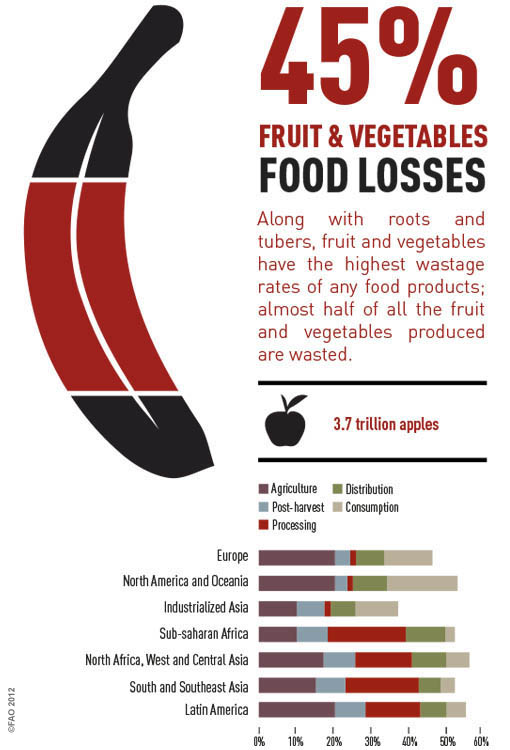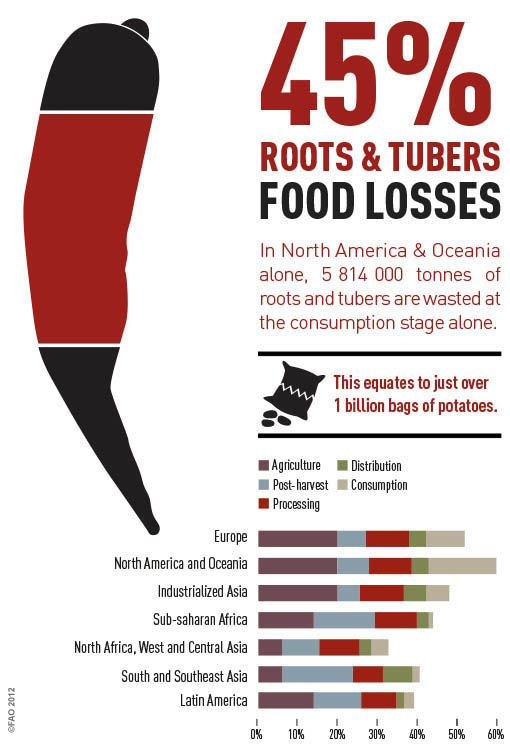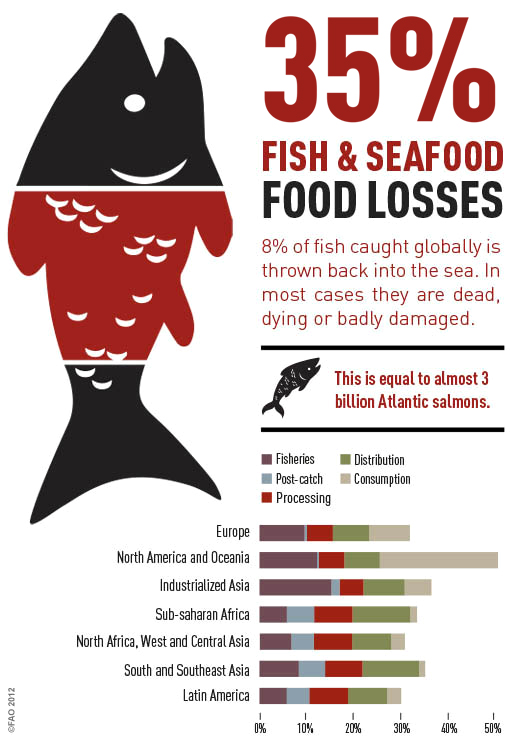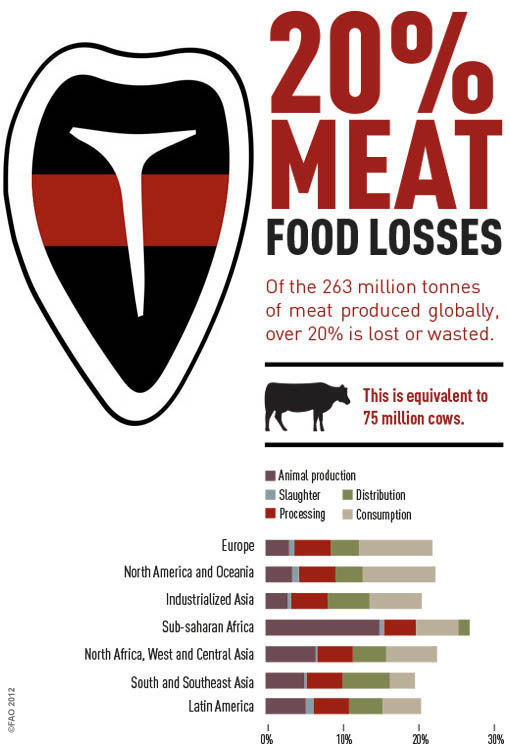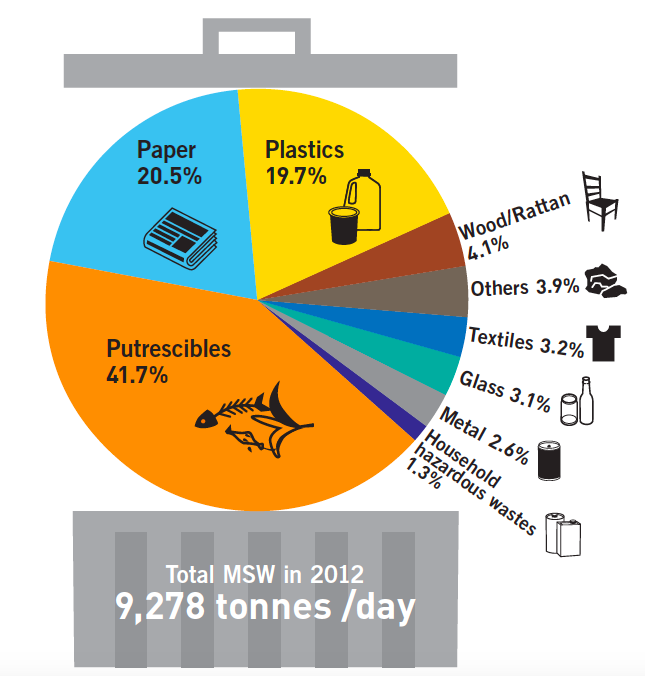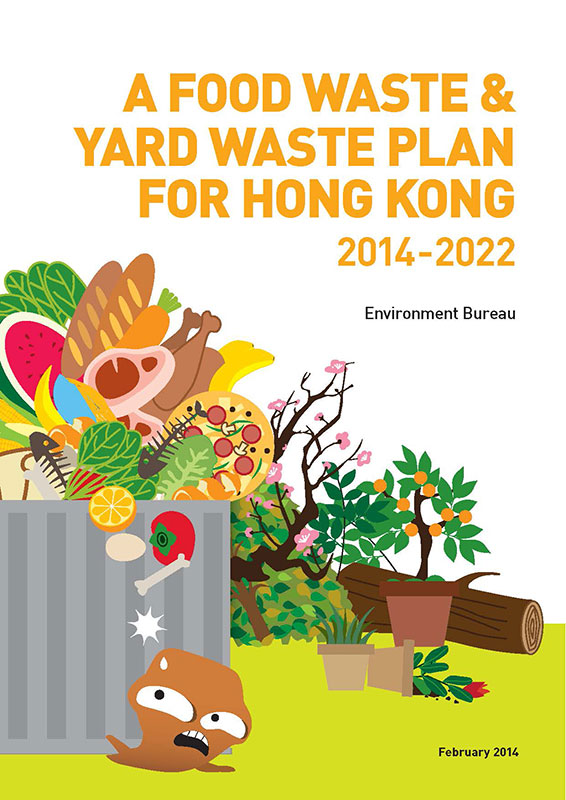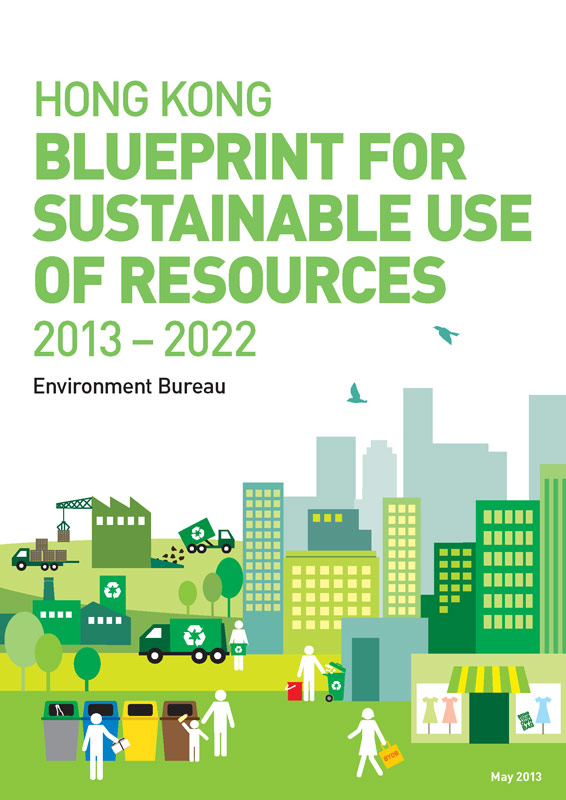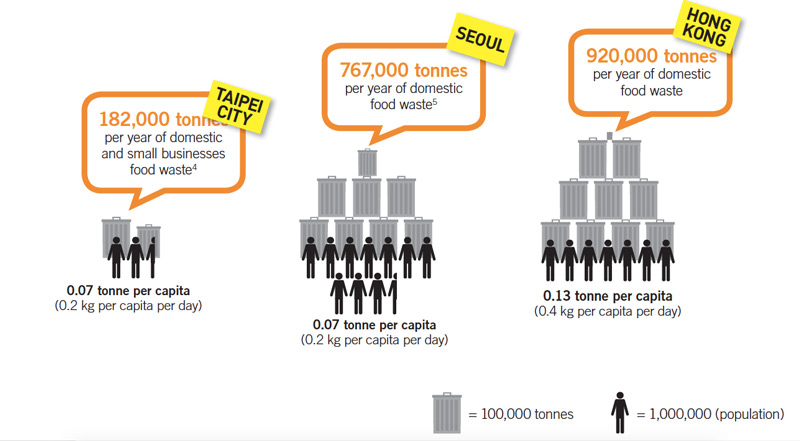Food Waste
by Daisy Tam
published on 19 December 2018
Introduction
Let me begin this section by saying that my primary interest is in food, not waste. Drawing from the work of Mary Douglas, a famous British Anthropologist from the 60’s, I insist that food only becomes waste because it does not fit into certain categories in our food system.
Nevertheless, food waste has become a very hot topic in recent years, and rightly so. Globally 1/3 of all food that is produced gets lost or wasted in our food production and consumption systems, worth over US 1 Trillion dollars.
Food loss occurs at all points of the supply chain during its journey from farm to table. From production, harvest, to processing, distribution and consumption, food can be damaged, spoilt, spilled, and deemed unfit for the market.
Global Figures
According to the UN FAO (Food & Agriculture Organization) consumers in rich countries waste almost as much food as the entire net food production of sub-Saharan Africa.
Amongst all categories of food, fruit and vegetables suffer the highest loss. Almost half of all that we produce in this category are wasted during its life cycle. (Figure 1 & 2)
35% of our fish and seafood are wasted, equivalent to throwing away 3 billion Atlantic salmons. In North America and Oceania across the Pacific Ocean, almost a quarter of the waste occurs in the consumption end of the cycle. (Figure 3)
20% of meat we produce is lost, equivalent to wasting 75 million cows. In most industrialised countries, half of the waste comes from the distribution and consumption end of the food chain. (Figure 4)
Hong Kong situation
Hong Kong’s food waste figures are staggering. According to the Environment Bureau, the city throws away 3600 tonnes of food a day, equivalent to the weight of 250 double decker buses. Municipal Solid Waste (MSW) is the single largest category of waste being thrown into landfills, around 9000 tonnes a day, of which 40% are putrescibles, organic matters that decompose and create greenhouse gases. Food waste constitute the majority of putrescibles and the government has set the ambitious target of reducing 40% over the course of 8 years, from the current 1.3 million to 790,000 tonnes a year by 2022. (Figure 5)
Food waste is one of the targeted areas of waste reduction and the government has launched the Food Wise Campaign in 2013 followed by A Food Waste & Yard Waste Plan for Hong Kong 2014-2022 to raise awareness and to mobilize the community to change their behaviours. The mulit-pronged approach as described in the plan largely consists of 4 steps: the prevention and reduction of food waste at source through mobilizing the community, including the donation of surpluses; promoting separation and sorting of waste for better recycling; and an emphasis on food waste to energy where it is transformed into biogas or electricity as a form of renewable energy.
Historically, throwing things away have been the easiest and cheapest way to handle unwanted items, including food. Until now, Hong Kong has not charged for waste disposal. As a result, the city has the one of the highest waste per capita in the region. Compared with neighbouring cities, Hong Kong throw out 20% more than Seoul and a whooping 80% more than Taipei city, which have introduced waste charges in 1995 and 2000 respectively. (Figure 8)
It's Food not Waste
While much of the government’s strategy to reduce waste makes sense, my perspective is that it is primarily a waste management strategy instead of a food strategy. Focusing on how to keep food as food (or prevent food from becoming waste) is the primary focus of my research.
Waste is not an inherent, fixed category, it is produced by classification systems. Expiry dates, best-before dates or sell-by dates which are used by manufacturers as guarantee become standards by which retailers use throw out food. Aesthetic classifications too produce waste. Misshapen, bruised, discoloured food often do not make it to the retailers’ shelves.
So how can we extend the life cycle of food? Repurposing surpluses is a great example. Read more on Food Rescue in the next section.
You can also read more about our ideas in (2016) Keeping it Fresh: Crowd- Sourced Modes of Food Preservation in Harvard Design Magazine – Shelf Life, Harvard University School of Design, 43, p118-119.

